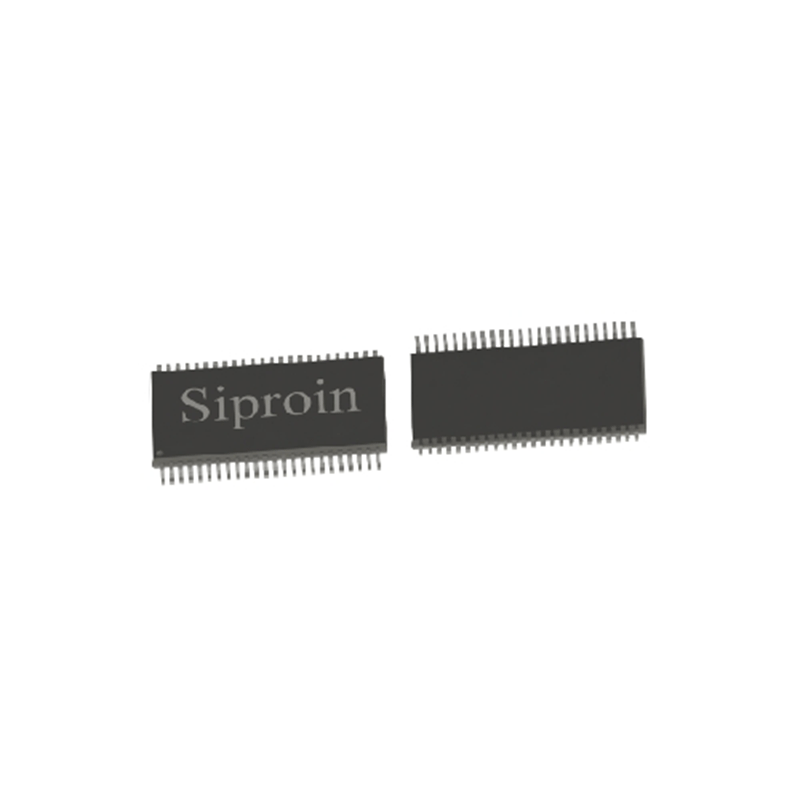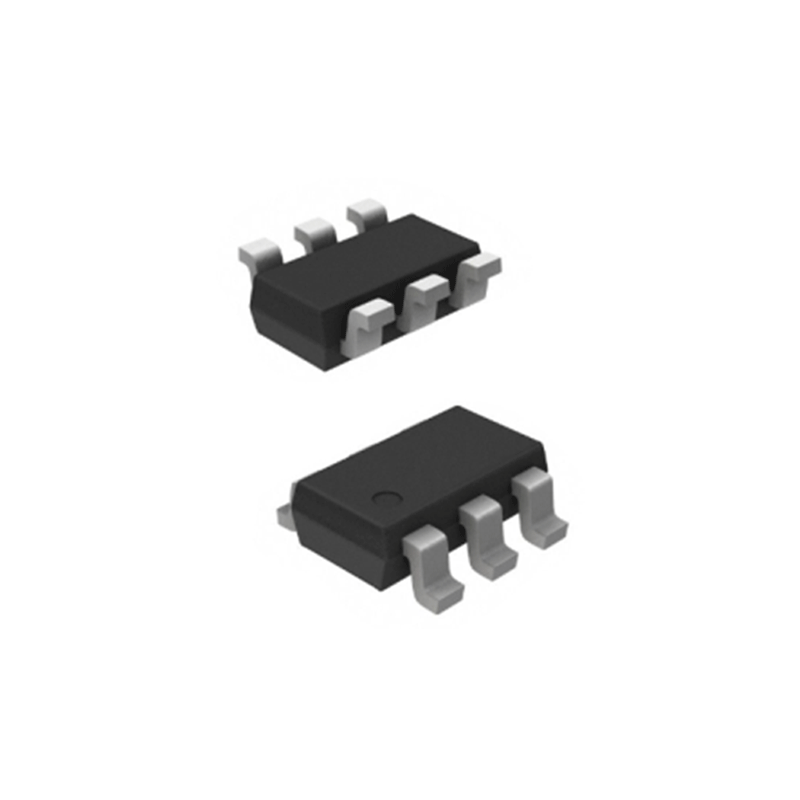1.Early August: U.S. Revokes Key Export Licenses for Korean Chipmakers in China.
The U.S. government officially revokes the “Validated End-User” (VEU) exemptions for Samsung and SK Hynix, which had allowed them to import certain U.S. semiconductor manufacturing equipment into their Chinese fabs without individual licenses. They must now apply for case-by-case licenses for future equipment imports and are restricted from significantly expanding production capacity or upgrading to more advanced technology nodes at these facilities.
2. Nvidia’s H20 chip export license to China is postponed:
On August 3, 2025, although the US lifted the export restrictions on Nvidia’s H20 chips to the Chinese market after the London meeting in June, it was reported that the Bureau of Industry and Security (BIS) postponed the export license applications for thousands of products including H20. Insiders pointed out that although Nvidia CEO Jensen Huang said that Nvidia had obtained the export license from the US government during his visit to China in mid – July, and US Commerce Secretary Howard Lutnick and other officials confirmed that the license would be approved, the relevant license had not been issued by the end of July, involving orders worth billions of dollars.
3.WSTS raises forecast for global semiconductor market size:
On August 4, the World Semiconductor Trade Statistics (WSTS) raised its forecast for the global semiconductor market size in 2025 from the previous $700.9 billion to $728 billion, an increase of 15.4% year-on-year. The market size is expected to reach $800 billion in 2026, an increase of 9.9% year-on-year. AI infrastructure is the core driving force for growth in the next two years.
4. Texas Instruments raises prices for over 60,000 part numbers:
At the beginning of August, Texas Instruments, a global leader in analog chips, announced a price increase for over 60,000 part numbers, with the increase generally ranging from 10% to 30%, and more than 40% of the products having an increase of over 30%. The increases in long – cycle demand areas such as industrial control and automotive electronics are significant.
5. Japan Announces Major Subsidy for Micron’s Hiroshima Plant.
August 12,The Japanese government announces a subsidy of up to $3.6 billion for Micron Technology to support the production of next-generation DRAM chips, crucial for AI and autonomous driving, at its Hiroshima factory. This move strengthens Japan’s strategic position in the global memory chip supply chain.
6. South Korea’s semiconductor export volume in July reaches a new high:
According to data released by South Korea’s Ministry of Science and ICT on August 13, South Korea’s information and communication technology (ICT) export volume in July was $22.19 billion, an increase of 14.5% year – on – year, reaching a record high for the same month in history. Among them, the semiconductor export volume increased by 31.2% year – on – year, reaching a new high for four consecutive months.
7.US ITC makes final rulings in semiconductor – related 337 investigations:
On August 14, 2025, the US International Trade Commission (ITC) issued a final ruling not to review the initial ruling made by the administrative judge on July 21, 2025, and based on a settlement, replaced Lenovo Group Limited of China with other Lenovo – related companies as the listed defendants and terminated the investigation of Lenovo Group Limited of China. On August 15, the ITC also announced a partial final ruling not to review the administrative judge’s initial ruling on July 31, 2025, and terminated the investigation of claim 4 of US Patent No. 9,093,473 based on the applicant’s withdrawal.
8.Mid-August: NVIDIA Shifts High-Bandwidth Memory Strategy to SOCAMM2.
Reports confirm that NVIDIA is pivoting its focus for AI accelerator memory from traditional HBM to a new solution called System-On-Chip Attached Memory Module (SOCAMM2). They are collaborating with memory partners Samsung, SK Hynix, and Micron on sampling and development, aiming for higher bandwidth and lower cost per gigabyte for AI servers.
9.August 19: TSMC Exits GaN-on-Silicon Business, Retools Fabs for EUV Masks.
Taiwan Semiconductor Manufacturing Company (TSMC) confirms it will exit the Gallium Nitride (GaN)代工 business within two years. It plans to repurpose its 8-inch wafer fabs involved for the in-house mass production of its own EUV photomask films, a critical component for advanced lithography, to improve yield and cost control.
10.August 21: Kioxia and NVIDIA Partner on AI-Optimized SSDs.
Kioxia Corporation announces a collaboration with NVIDIA to develop a new class of Solid-State Drives (SSDs) specifically designed for AI servers. The target is to achieve a massive read performance of up to 100-200 million IOPS, potentially 100x faster than conventional SSDs, to act as expanded memory for GPUs. Commercial availability is targeted for 2027.
11.August 25: Innolux’s FOPLP Technology Reaches Mass Production Scale.
Taiwanese panel maker Innolux reports that its Fan-Out Panel Level Package (FOPLP) technology for semiconductors achieved monthly shipments of one million units in Q2 2025. The company forecasts this will scale to tens of millions of units per month by the end of the year, signaling progress in advanced, cost-effective packaging.
12.August 27: South Korea Reports Record Monthly Semiconductor Exports.
Data released by South Korea’s Ministry of Trade, Industry and Energy shows semiconductor exports hit a new all-time high of $15.11 billion in August, a year-on-year increase of 27%. This surge is largely driven by strong demand for high-bandwidth memory (HBM) and DDR5 chips for AI applications.
13.Late August: Wave of M&A Activity Continues Across the Industry.
A trend of mergers and acquisitions remains active throughout the month. Major foundries like SMIC and Hua Hong, as well as various chip design and equipment companies, announce or progress with reorganization and acquisition plans. This is driven by improved industry sentiment, stronger profitability, and a strategic push for greater self-reliance and synergies. Global capital expenditure for top 10 semiconductor firms is forecast to grow by 7% in 2025.
_画板-1@2x.png)



